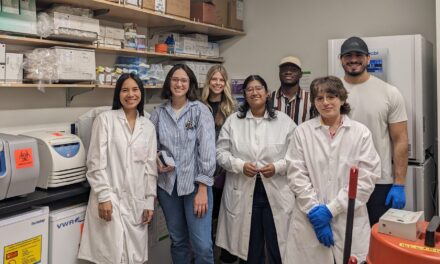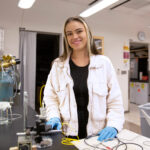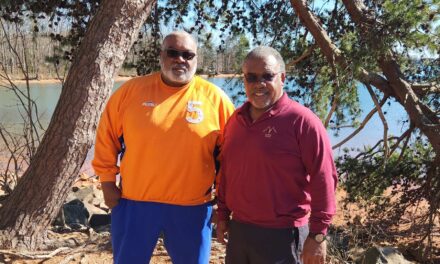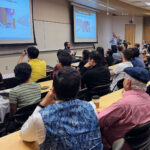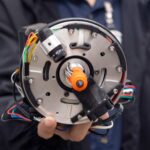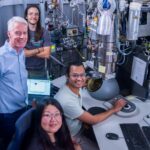
Maintaining the balance of power
ASU engineering research supports greater grid reliability and resilience
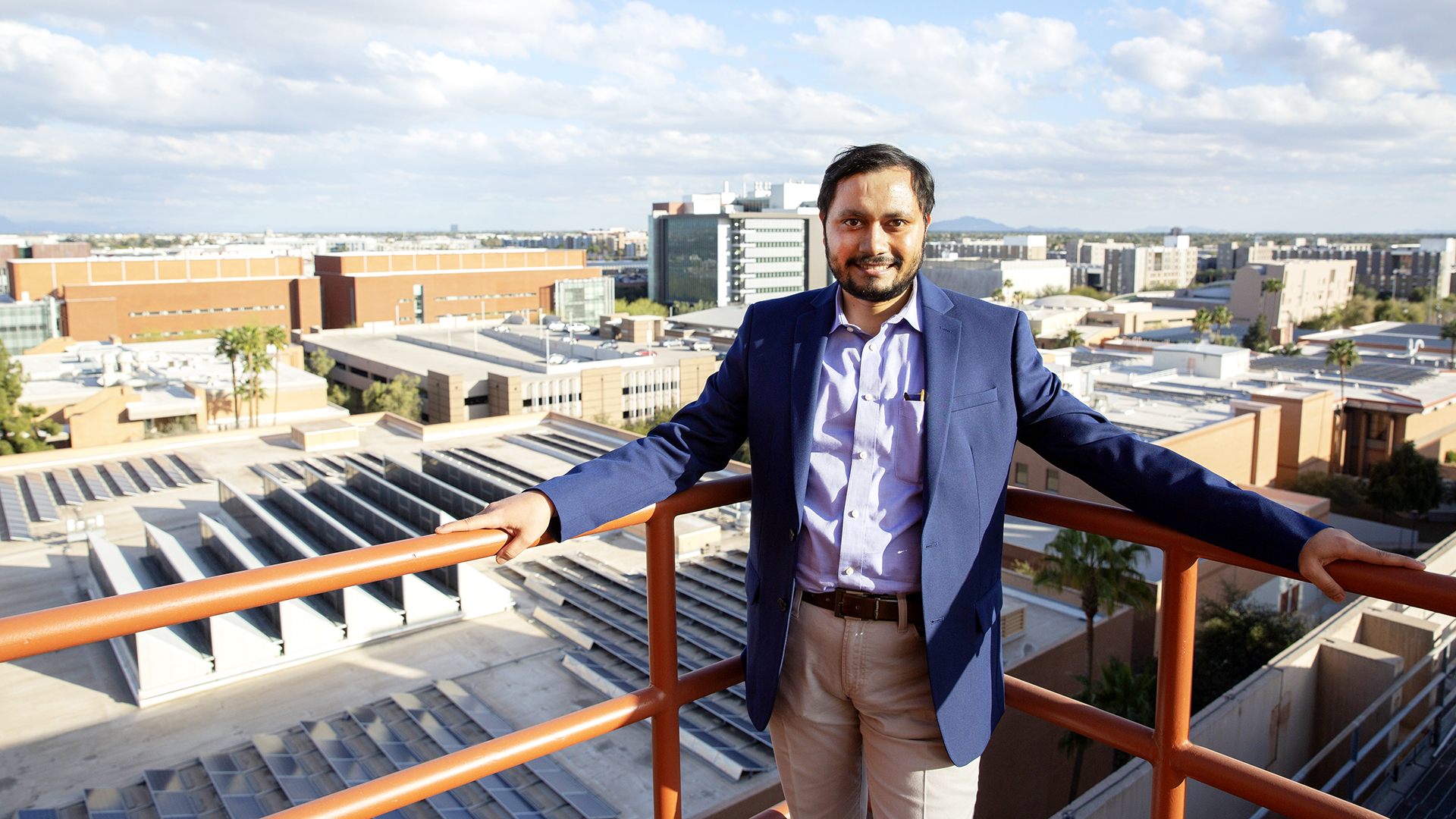
Eleven faculty members in the Ira A. Fulton Schools of Engineering at Arizona State University have received NSF CAREER Awards in 2022.
America’s energy grid is described as the world’s largest machine. More than 11,000 power plants send electricity through 600,000 miles of high-voltage transmission lines and 6 million miles of local distribution lines to customers in almost every corner of the country.
The grid also may be the world’s most impressive balancing act since electricity supply and demand need to match each other in real time, all the time, to maintain the voltages and current flows that power society. Such a task seems almost impossible, but it’s getting even harder due to significant industrial, societal and climatic changes.
“New sources of power generation such as solar and wind are coming on line, as well as new types of loads such as electric vehicles,” says Anamitra Pal, an assistant professor of electrical engineering in the Ira A. Fulton Schools of Engineering at Arizona State University. “At the same time, we see the increasing frequency and intensity of extreme weather events such as hurricanes and wildfires. The combination of these elements represents a major challenge to the reliable and resilient operation of the electric power grid during the coming decade and beyond.”
Pal says there is an urgent need for more high-speed, high-precision monitoring, protection and control systems to support our national electric power infrastructure. Making that happen requires more high-fidelity sensor devices being judiciously positioned across the grid network.
But adding these sensors will be costly, and efficiently handling the data they produce will be challenging. Big data analytics are necessary to extract the most useful information from the vast amounts of additional sensor input.
Toward that end, Pal is conducting new research supported by a 2022 National Science Foundation Faculty Early Career Development Program (CAREER) Award. CAREER award recognition is reserved for young researchers who show the potential to be academic role models and advance the missions of their organizations. Awardees each receive $500,000 distributed across five years to further their work.
Pal’s efforts are focusing on time-synchronized measurements within power systems. These measurements are units of data that have time stamps associated with them, usually through a global positioning system, or GPS, signal.
Examples of devices that produce time-synchronized data are phasor measurement units, or PMUs, in high-voltage transmission systems and micro-PMUs in lower-voltage distribution systems. Each one collects local voltage, current and frequency information, indicating the state of the electricity grid in that place at that moment.
“In the U.S., these PMUs typically produce phasor measurements at speeds of 30 samples per second,” Pal says. “But devices that are capable of producing time-synchronized measurements at even higher speeds are being developed. These continuous point-on-wave, or POW, measurements present a significant advancement in grid monitoring and control applications.”
However, the fundamental concerns of limited device coverage and heavy real-time computational burdens still remain. So, Pal and his team are making breakthroughs in robust statistics and machine learning to address these issues.
Pal says his research operates at the intersection of theory and application in the power systems domain. And in order to solve a problem related to a particular system application, he often needs to apply theory from a different domain, such as signal processing.
“It’s during these occasions that the interdisciplinary research happening at ASU becomes invaluable,” he says. “Additionally, I’m thankful to the Fulton Schools for help in setting up my laboratory and for the provision of startup funds, both of which have been instrumental in ensuring that this crucial research stays on track.”
Pal believes the National Science Foundation invested in his work because the fundamental concepts being explored have applications beyond the electricity grid.
“For instance, the new mathematical techniques created in this project can ensure accurate and fast estimation in the presence of data and model uncertainties in the fields of transportation and manufacturing,” he says.
Pal will also apply this research to complement the work of the Engineering Education Outreach team at the Fulton Schools. Together, they will create intellectually stimulating yet fun problem-solving projects intended to motivate high school students to pursue a career in STEM.
While encouraging future engineers, Pal says that we all build on the efforts of the professionals who preceded us. So, he is particularly grateful for the foundational support he received from his doctoral advisor, the late James Thorp, as well as Arun Phadke, who also served on Pal’s doctoral committee at Virginia Tech. Thorp and Phadke invented time-synchronized measurements in power systems and shared the prestigious Benjamin Franklin Medal in Electrical Engineering from The Franklin Institute in 2008.



